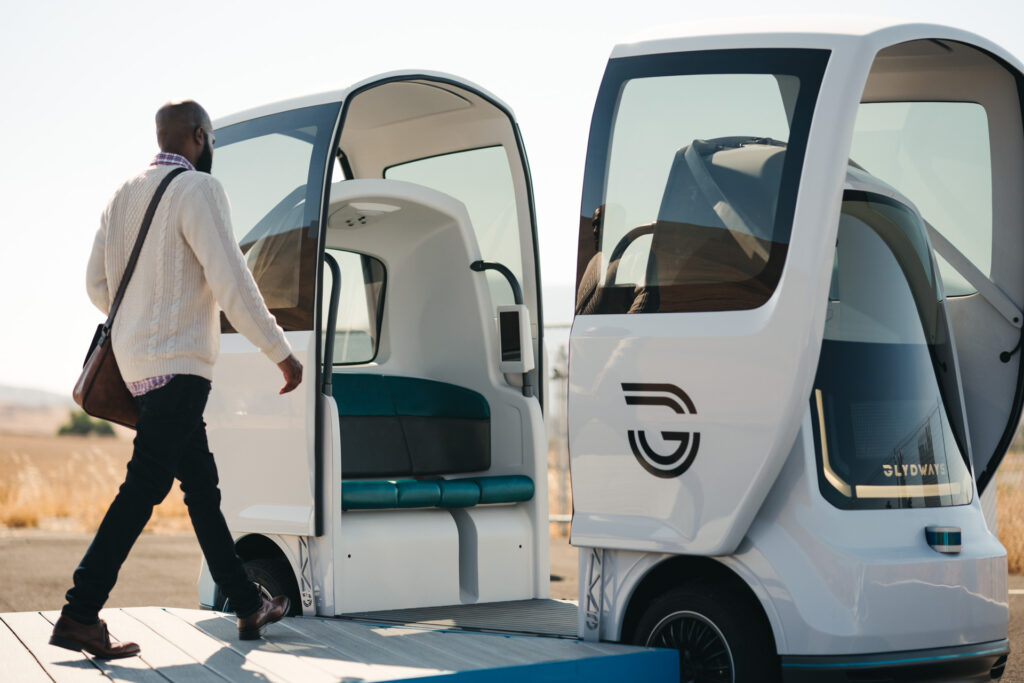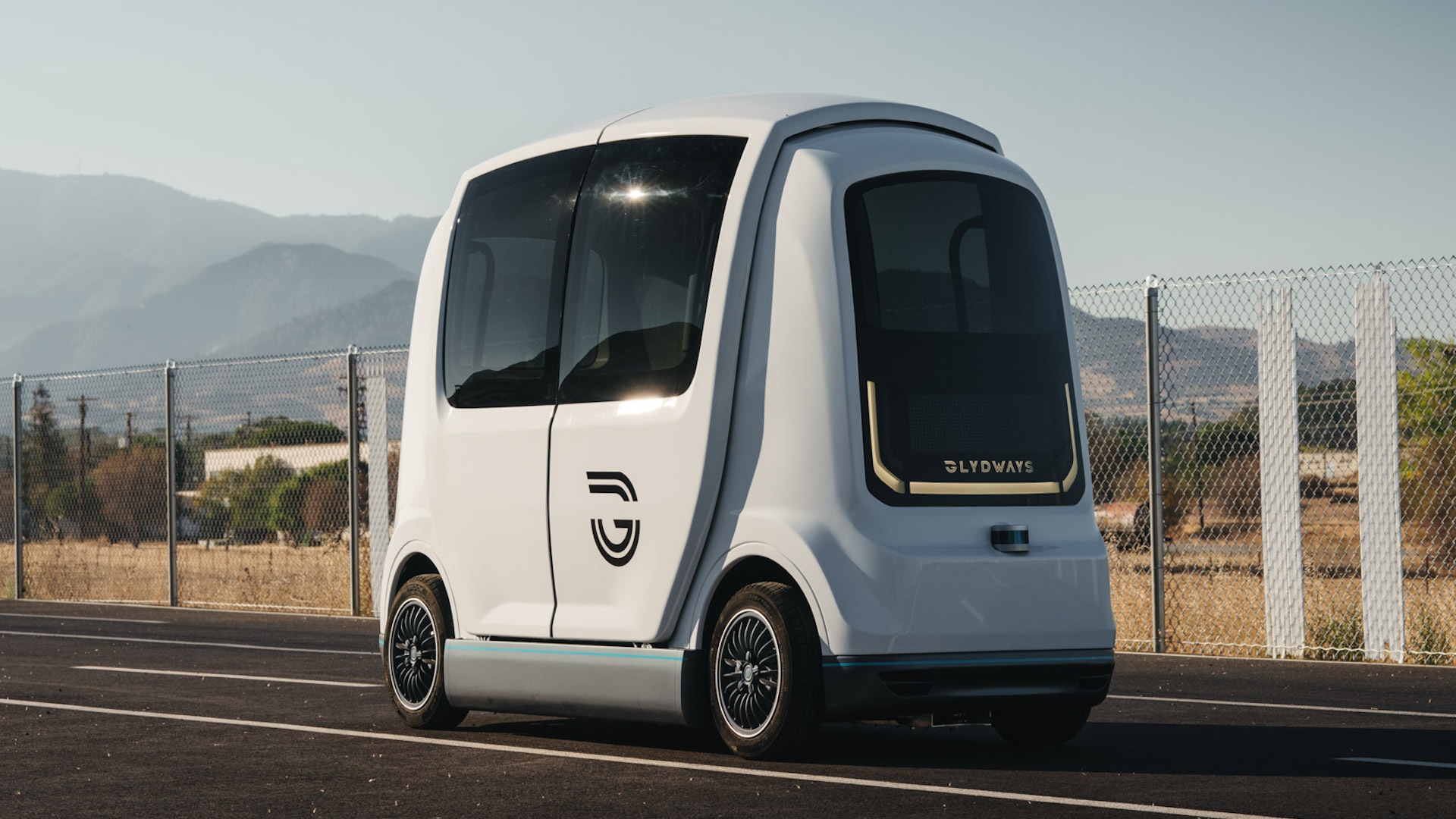It seems only fitting that travelers in Silicon Valley should have access to a more sci-fi method of getting to the airport than talking a crowded, sweaty bus with a load of other people. Soon, they might, because San Jose has just granted initial approval to a network of autonomous electric pods that could be in operation by 2028.
The pod network is an example of what’s known as a personal rapid transit (PRT) system, and has been chosen by the city of San Jose over alternative solutions it was pitched in response to a search for an airport connector in 2019. Other proposals included electric buses, trams and also the offer of a giant tunnel from Elon Musk’s Boring Co.
Instead, San Jose has gone with the system of pods from Plenary Americas and Glydways to ferry people from San Jose Mineta International Airport to Diridon Station. The small, upright vehicles have four tiny wheels and run on specially built pathways, a bit like bicycle lanes, that are just 5.5-ft (1.67 m) wide. They have no driver or visible driving controls, and usually seat up to four passengers in pairs facing each other. London’s Heathrow airport has had a similar system for several years.
Related: Scotland Claims Word First For Self-Driving Bus Service

Glydways estimates that the cost of the entire system will come in below $500 million and has the potential to make a profit because its operation will be linked directly to demand. Instead of running on a wasteful schedule that often leaves shuttle buses cruising around with almost no-one onboard in the middle of the night, the autonomous pods will only activate when summoned by travelers using a smartphone app. One journey will cost around $6, according to Bloomberg.
The San Jose plan isn’t fully signed off yet. Though initial approval has been granted, the project still needs to pass environmental and engineering reviews and have its business case analyzed in forensic detail. But Glydways is optimistic about the project, and the prospect of landing other similar contracts. It’s already bidding to install similar systems in San Bernardino and Contra Costa County, California.










